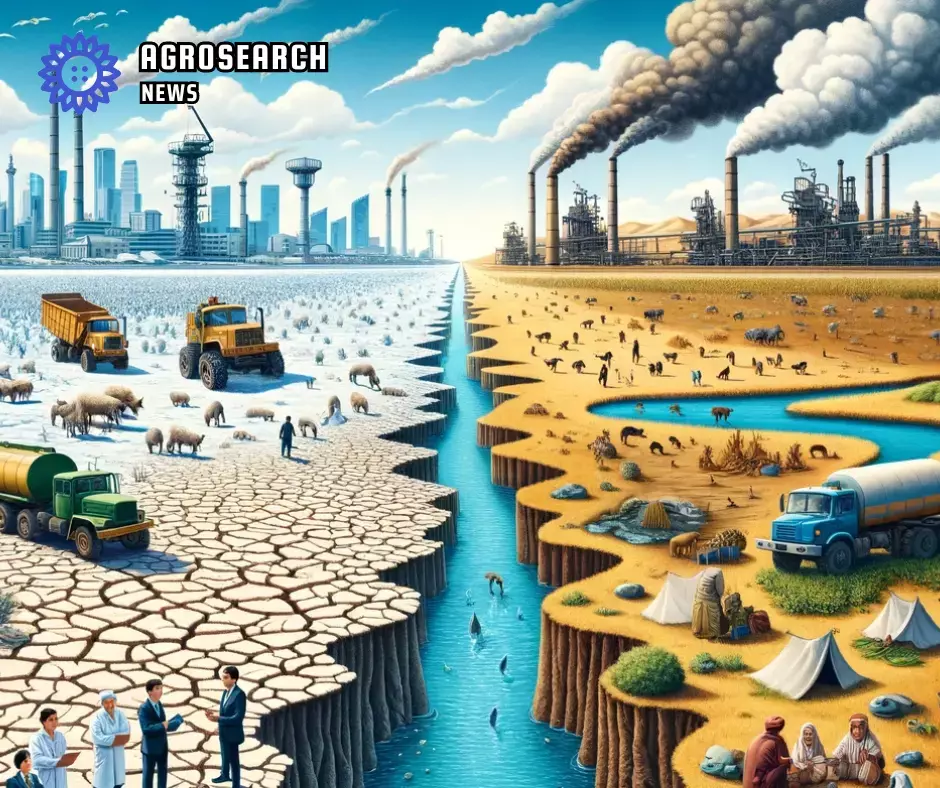22.12.2023, 08:34
Water scarcity threat: Expert highlights main problems of Kazakhstan

In Kazakhstan, the issue of water management is acute, as stated by Yedil Zhanbyrshin, Chairman of the Committee on Ecology and Nature Management. According to the expert, the country annually uses 25 billion cubic meters of natural water resources, of which 21 billion goes for consumption, and the rest is lost in the fields. Water consumption has increased by 48 percent in recent years.
The President of Kazakhstan expressed concern about the possible water deficit in the country, which could reach 15 billion cubic meters by 2040. To date, the shortage already accounts for 60 percent of available supplies. Environmentalists warn that if this trend continues, many regions could be without water in 17 years.
Zhanbyrshin emphasized several key problems in the field of water resources:
1. The issue of providing the population with quality drinking water has not been solved for 20 years, despite the allocation of 1.5 trillion tenge for various programs. More than 50 percent of rural residents do not have access to clean drinking water.
2. Agriculture is the main consumer of water resources, with water losses in the agro-industrial complex reaching 40 percent. Irrigation canals are significantly worn out, and water-saving technologies are used inefficiently.
3. Increased water consumption by industrial enterprises, which now consume 28 percent of water resources, is expected to double in the next five years.
4. Annual climate change causes the steppes of Kazakhstan to become lakes in spring and deserts in summer. Rain and melt water utilization systems are inefficient.
5. There is a need to revise groundwater reserves, information on which has not been updated since the Soviet Union.
Zhanbyrshin also touched upon the problem of shoaling of the Caspian Sea and emphasized the importance of international research to identify the causes of this phenomenon. He called on the government to pay attention to water conservation and efficient use of water resources to avoid an environmental disaster.